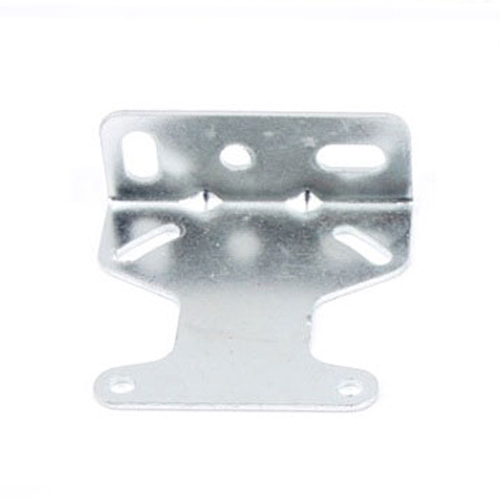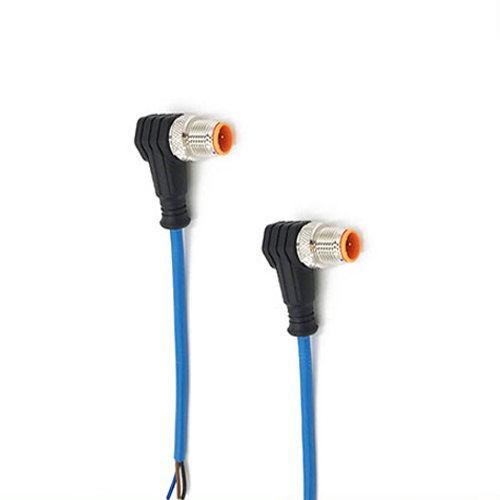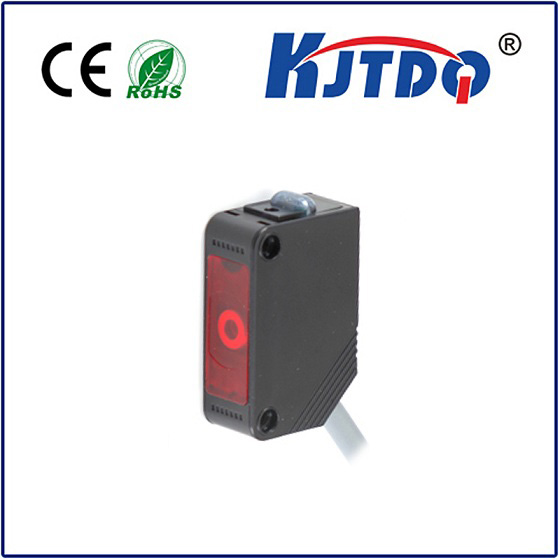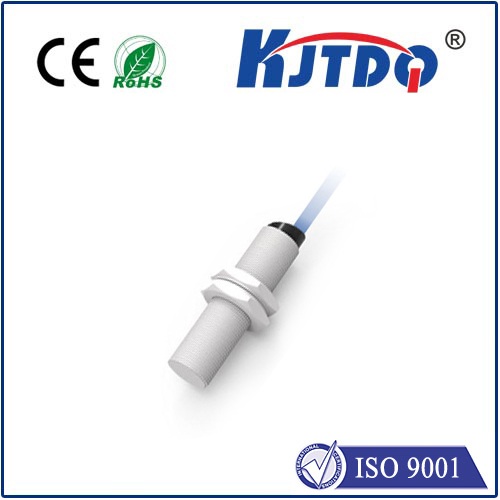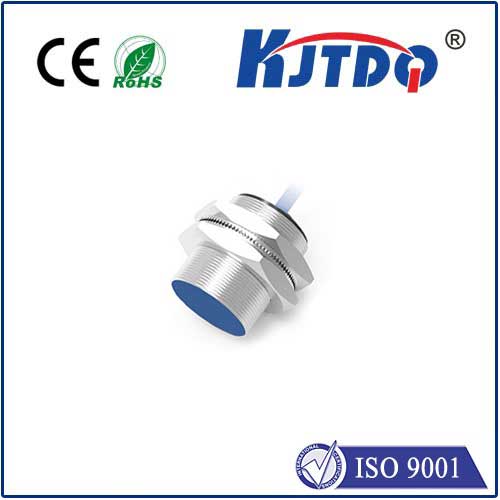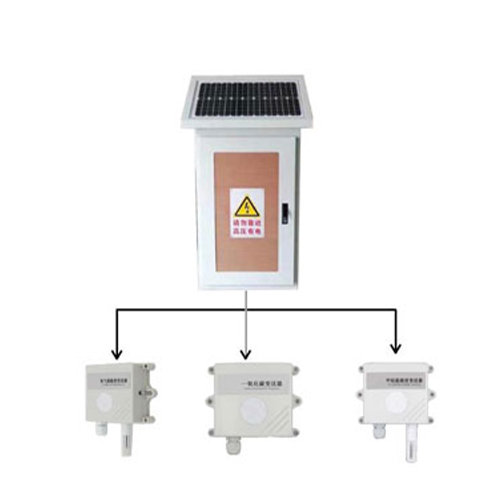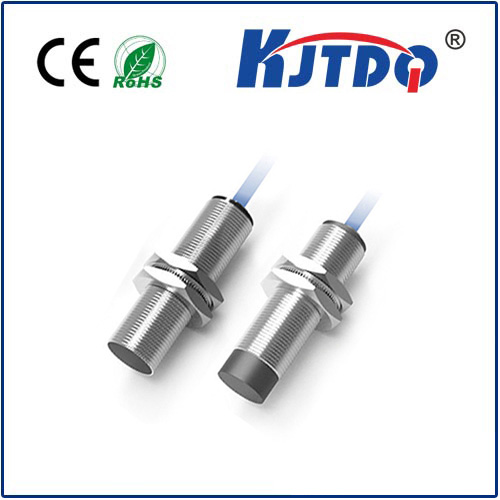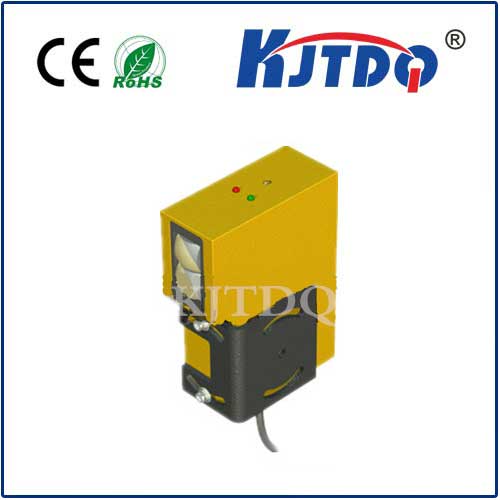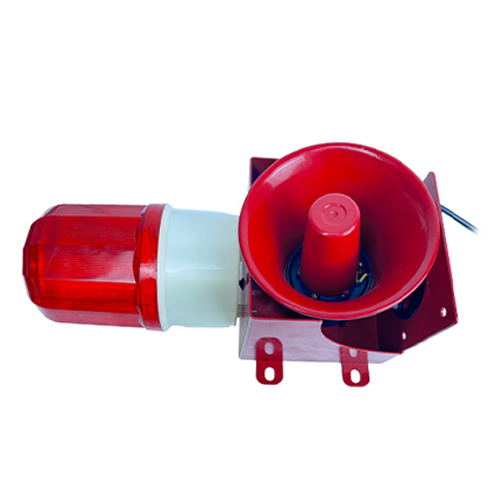PN7571 pressure sensor
- time:2025-09-23 06:46:45
- Click:0
PN7571 Pressure Sensor: Unlocking Precision and Reliability in Pressure Measurement
Precision, reliability, and resilience – these aren’t just desirable traits; they’re essential demands in the world of pressure sensing. Whether monitoring critical industrial processes, ensuring automotive safety systems respond instantly, or enabling delicate medical diagnostics, the pressure sensor is a silent sentinel, translating physical force into actionable data. Among the many solutions available, the PN7571 pressure sensor emerges as a compelling choice for engineers and system designers seeking a robust and high-performing transducer. Understanding its capabilities is key to unlocking its potential in demanding applications.
The Core Function: Sensing Force Transformed
At its heart, a pressure sensor like the PN7571 is a transducer. Its fundamental purpose is to convert the physical phenomenon of pressure – the force exerted per unit area – into an electrical signal proportional to that force. This conversion typically relies on sophisticated micro-electromechanical systems (MEMS) technology or proven strain gauge principles. A diaphragm, the critical sensing element, deforms minutely under applied pressure. This deformation is meticulously measured, often through changes in electrical resistance, capacitance, or piezoelectric effects. The PN7571 excels in capturing these minute changes with high fidelity, translating them into a clean, standardized output signal – commonly voltage (e.g., 0.5-4.5V ratiometric) or current (e.g., 4-20mA) – readily interpretable by control systems, data loggers, or displays. This accuracy in conversion is paramount for system performance and decision-making.
Delving into the PN7571’s Defining Features

While specific datasheet parameters define any sensor precisely, the PN7571 series is generally recognized for attributes that make it suitable for challenging environments:
- Robust Construction & Media Compatibility: Engineered with durability in mind, the PN7571 often features a stainless-steel housing and sensing element. This inherent robustness provides excellent resistance to corrosion and compatibility with a wide range of media, including various oils, fuels, water, and gases, making it versatile across industries.
- High Accuracy and Stability: Precision is non-negotiable. The PN7571 typically offers high accuracy (often specified as a percentage of Full Scale Output, e.g., ±0.5% FSO or better) and excellent long-term stability. This ensures consistent, dependable readings over time, crucial for process control and quality assurance.
- Wide Pressure Range: Designed to handle diverse needs, the PN7571 is typically available in a broad range of pressure measurement scales, potentially spanning from relatively low pressures (tens of PSI/bar) up to very high pressures (thousands of PSI/bar). Selection depends on the specific application requirements.
- Temperature Compensation: Pressure readings can be significantly influenced by ambient temperature fluctuations. The PN7571 incorporates sophisticated on-board temperature compensation, ensuring stable and accurate output signals across its specified operating temperature range. This feature is vital for performance in non-climate-controlled environments.
- Output Signal Options: Flexibility in interfacing is key. The PN7571 commonly provides various calibrated analog output options, such as ratiometric voltage (e.g., 0.5-4.5V) or current loop (e.g., 4-20mA), simplifying integration with diverse control systems and data acquisition hardware. Some variants might offer digital outputs (I2C, SPI).
- Environmental Resilience: Beyond pressure, real-world conditions involve vibration, shock, and humidity. The PN7571 is typically designed and tested to meet stringent environmental specifications, ensuring reliable operation in demanding settings like engine compartments or factory floors.
Where the PN7571 Excels: Key Application Areas
The combination of its features positions the PN7571 pressure sensor as a preferred solution in numerous sectors:
- Industrial Automation & Process Control: Monitoring hydraulic and pneumatic system pressures, controlling pumps and valves, leak testing, and ensuring safe operation of machinery. Its reliability and media compatibility are critical here.
- Automotive & Transportation: Employed in engine management systems (oil pressure, fuel rail pressure), brake systems, transmission control, tire pressure monitoring systems (TPMS - specific variants), and suspension systems. Robustness against vibration and temperature extremes is essential.
- HVAC/R (Heating, Ventilation, Air Conditioning & Refrigeration): Monitoring refrigerant pressures, filter status, and airflow in systems, contributing to energy efficiency and equipment protection.
- Medical Equipment: Used in devices requiring pressure monitoring, such as certain types of diagnostic instruments, nebulizers, or patient monitoring systems where precision and biocompatibility (depending on the variant) are paramount.
- Test & Measurement: Serving as a reliable transducer in benchtop test rigs, data acquisition systems, and calibration equipment due to its accuracy and stability.
- OEM Machinery: Integrated into a vast array of specialized industrial and commercial machines requiring dependable pressure feedback for control and safety.
Why Choose the PN7571? The Compelling Advantages
Selecting a pressure sensor involves balancing performance, durability, cost, and ease of use. The PN7571 offers significant advantages:
- Proven Reliability: Its design focus on robustness translates into dependable long-term performance, reducing downtime and maintenance costs. This is a core value proposition.
- Measurement Confidence: High accuracy and excellent temperature stability mean you can trust the data it provides, enabling better control decisions and process optimization.
- Design Flexibility: Available in various pressure ranges, outputs, and potentially electrical connections (like cable or connector options), it offers configuration flexibility for diverse design needs.
- Simplified Integration: Standard analog outputs (voltage or current) make interfacing straightforward with most control systems and PLCs.
- Cost-Effectiveness: While a precision instrument, the PN7571 series typically represents a highly competitive balance between performance, durability, and cost, especially for demanding industrial applications.
Selecting the Right PN7571 Variant: Key Considerations
To leverage the PN7571 effectively, careful selection is crucial:
- Pressure Range: Choose a model where your normal operating pressure falls within 60-80% of its full scale for optimal accuracy and longevity. Avoid selecting a range excessively higher than needed.
- Media Compatibility: Ensure the wetted materials (stainless steel type, seals) are compatible with the fluid or gas being measured to prevent corrosion or sensor damage. This is non-negotiable for sensor life.
- Output Signal: Select the output type (e.g., 0.5-4.5V, 0-10V, 4-20mA) that best matches your system’s input requirements.
- Electrical Connection: Consider whether a flying lead cable or a specific connector type (e.g., DIN, M12) best suits your mechanical and environmental constraints.
- Accuracy Class: Determine the level of precision required for your application. Higher accuracy often comes at a premium.
- Environmental Ratings: Verify the sensor’s specifications for operating/storage temperature range, ingress protection (IP rating), and resistance to vibration/shock align with your application’s environment. Never underestimate environmental factors.
- Certifications: Check if specific industry certifications (e.g., ATEX for hazardous areas, automotive qualifications) are mandated for your use case.
In the intricate landscape of pressure measurement, the PN7571 pressure sensor stands out as a beacon of precision engineering and dependable performance. Its blend of robust construction, high accuracy, wide operating range, and temperature stability makes it more than just a component; it’s a critical enabler for systems demanding uncompromising reliability. From the factory floor to the vehicle dashboard, from medical devices to complex hydraulics, the PN7571 delivers the accurate pressure intelligence needed to drive efficiency, safety, and innovation forward. Understanding its capabilities and selecting the right






